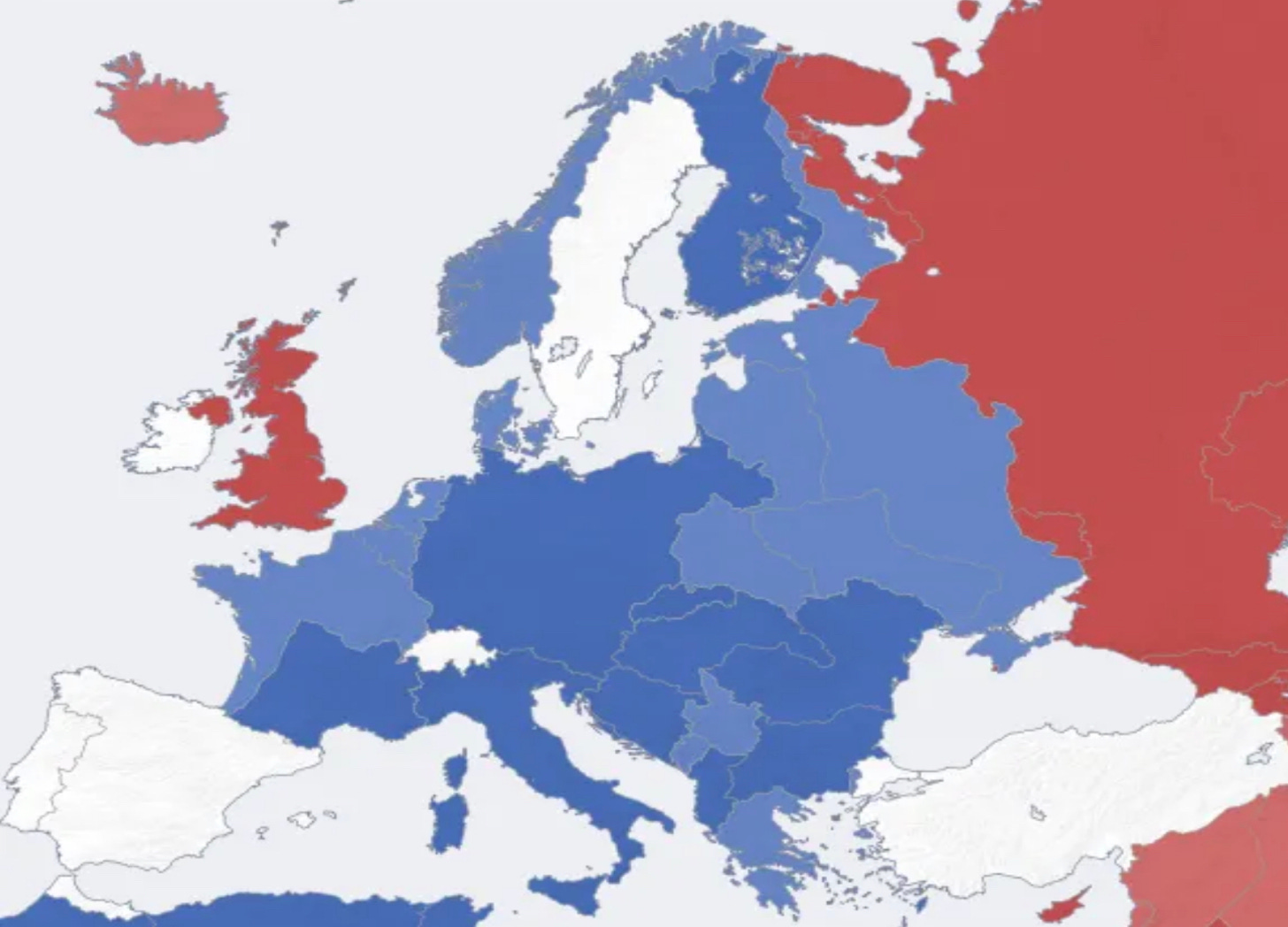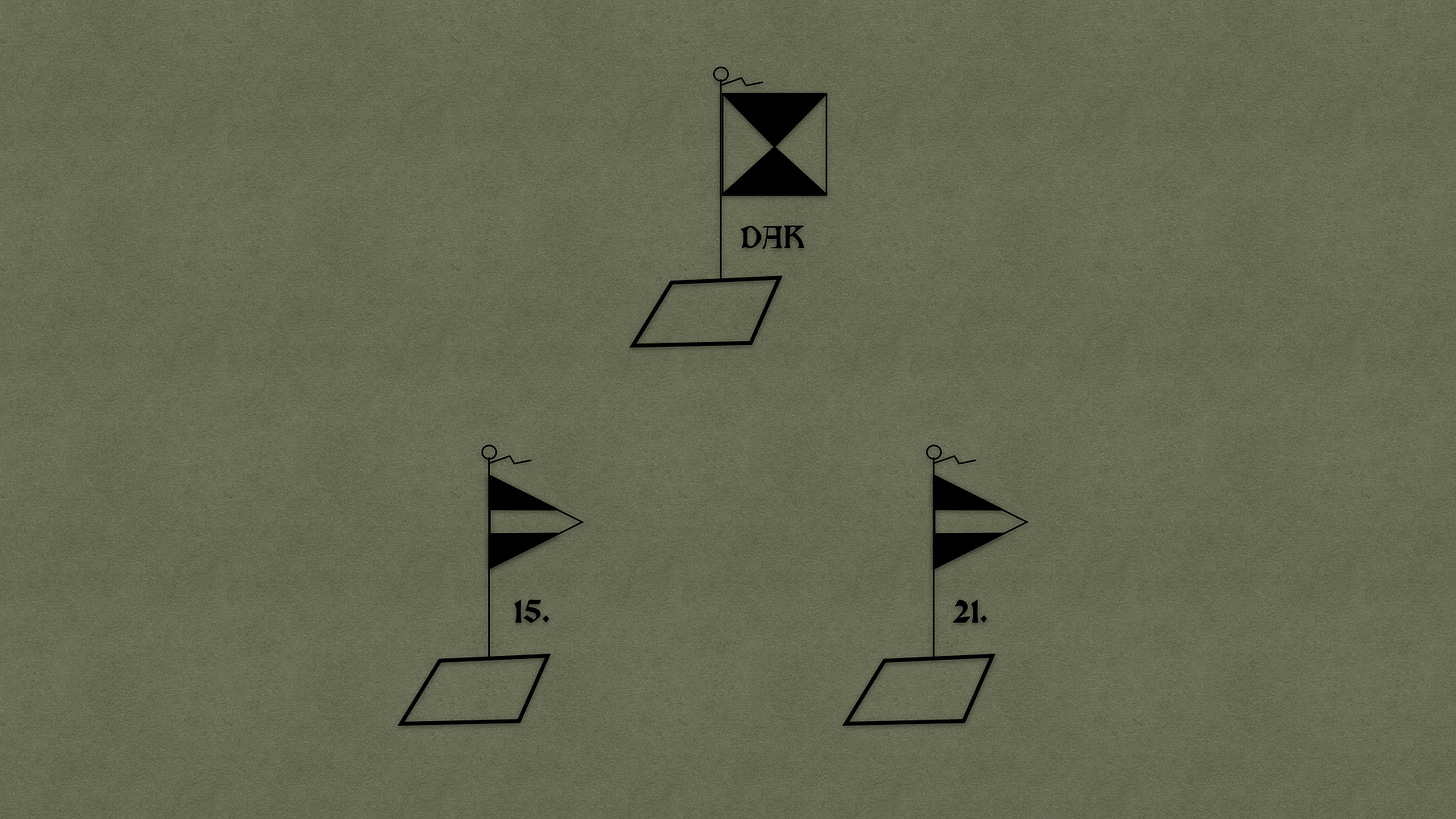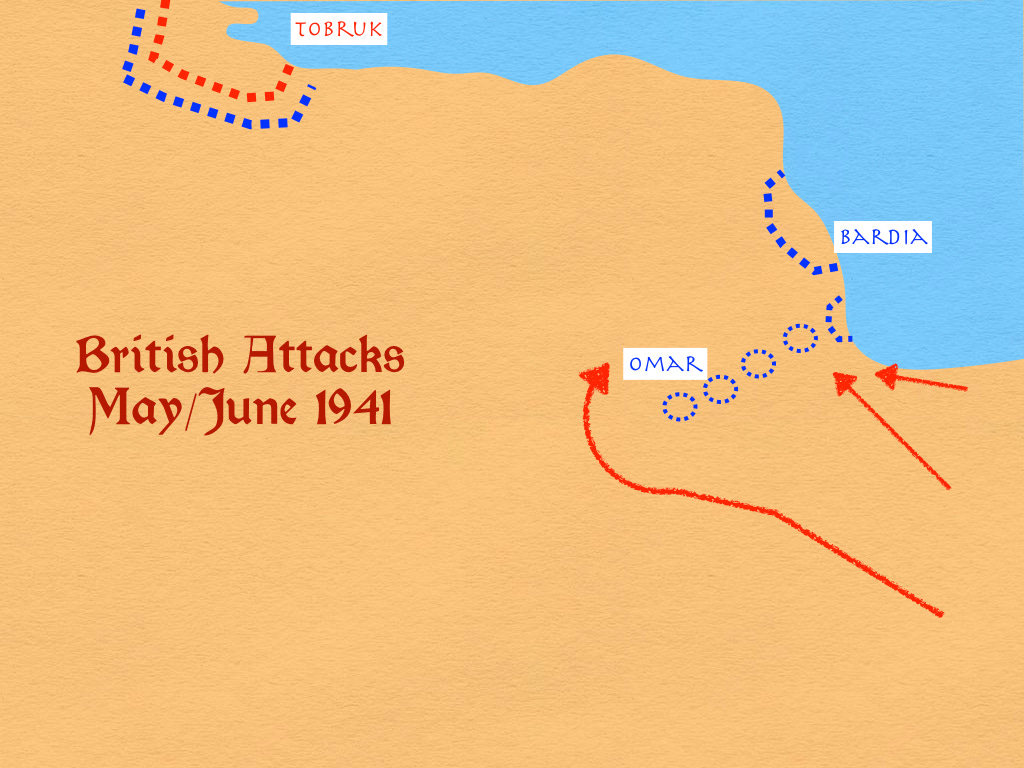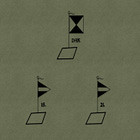Cassandra's Curse (General Situation)
Decision-Forcing Case
If you have not done so already, please read the first post in this series:
If you are new to the wild and wonderful world of decision-forcing cases, you may also wish to read this article:
November 1941
The Second World War is in its twenty-sixth month. In the first year of the conflict, Germany inflicted catastrophic defeats on two of its three most powerful enemies (Poland and France) and drove the forces of the third (the British Empire) off of the continent of Europe. In the summer of the second year of the war, Germany acquired two new enemies, the Soviet Union and the United States, each with a potential war-making capacity far greater than that of the British Empire. Thus, while the German armed forces continue to achieve considerable success on many fronts, the days of easy victories are over.
At present, the great event on the continent of Europe is the land war between, on the one hand, the Union of Soviet Socialist Republics, and, on the other, Germany, her allies, and her co-belligerents. (Germany’s allies are Italy, Bulgaria, Romania, Hungary, Croatia, and Slovakia. Her co-belligerents are Finland and France.)
This great conflict began, on 22 June 1941, when the armed forces of Germany and its allies invaded territory occupied by Soviet forces and, soon thereafter, entered the sovereign territory of the Union of Soviet Socialist Republics. (At the same time, Finland liberated much of the territory that had been lost to the Soviet Union in March of 1940.) Since then, Germany and its coalition partners have inflicted a series of devastating defeats upon Soviet armies, liberated millions of people from Soviet tyranny, and occupied a great deal of Soviet territory. Notwithstanding this great success, the Soviet government remains in control of both its capital (Moscow) and the “Birthplace of the Revolution” (Leningrad.)
The German Africa Corps
The German Africa Corps (Deutsches Afrika Korps) consists of two divisions, the 15th Armored Division and the 21st Armored Division. From time to time, the Africa Corps exercises operational control over units and formations, whether German or Italian, other than its organic armored divisions.
The War in North Africa
The war in North Africa has been a see-saw affair, a contest in which an advance of several hundred miles might be followed by a retreat of similar length. It began in earnest on 9 September 1940, when an Italian field army based in Libya invaded Egypt. On 9 December 1940, the British Empire forces in Egypt counterattacked, capturing all that had been lost in the past three months, as well as a significant portion of the long Libyan coastline.
In February of 1941, Germany came to the aid of its ally, sending a small expeditionary force to Libya. After fulfilling its original mission of stopping the British advance into Italian territory, this formation went on the offensive. By 15 April 1941, the German and Italian forces in North Africa had retaken most of the territory that had been lost to British Empire forces just a few months before. In May and June of 1941, they successfully defended this ground against two British offensives. Since then, the front line in North Africa, which runs, more or less, along the border between Libya and Egypt, has been both stable and, notwithstanding raids and reconnaissance patrols, remarkably quiet.
The case continues with …









"In February of 1941, Germany came to the aid of its ally"
In fact, the second volume of the UK's official WW2 history "The Mediterranean and Middle East" is subtitled "The Germans come to the help of their Ally (1941)". The Brits certainly considered it a major happening!
One thing that always amazes me in the famous battles of the Western Desert is that both sides used mostly the same plan of attack: Bind defenders to their static defensive fortifications running perpendicular to the coast, and then flank them from inland. It worked very regularly unless the attacker ran out of fuel. Why didn't the defenders do more to protect their flanks? El Alamein was the exception, because there was no room to go around.